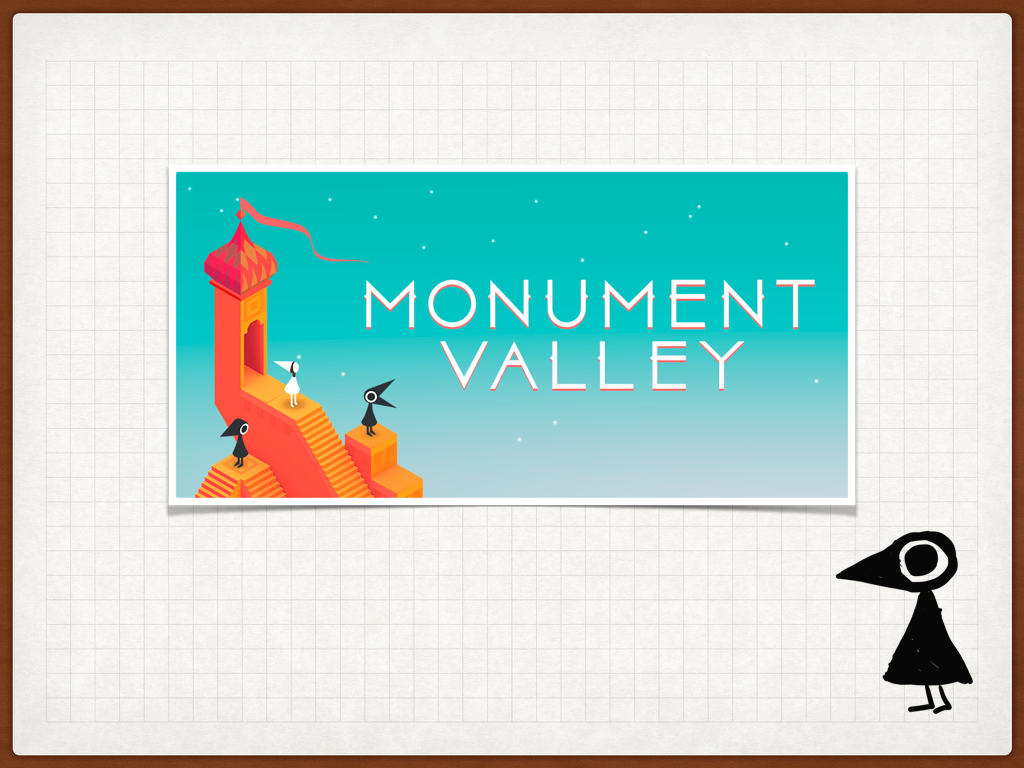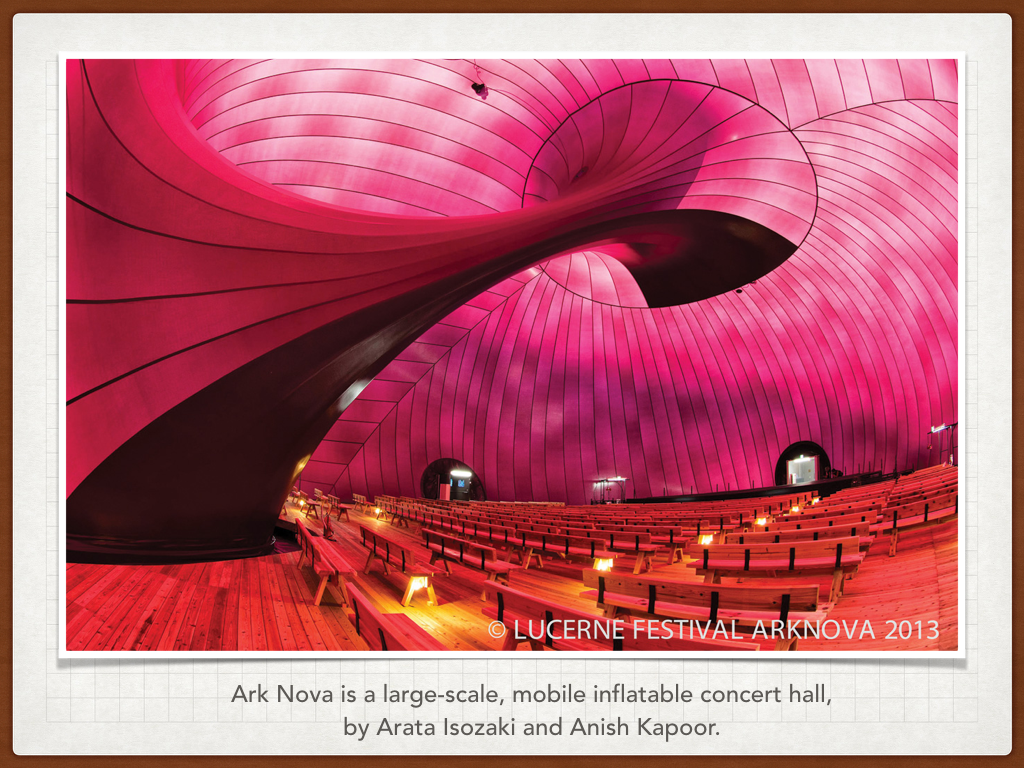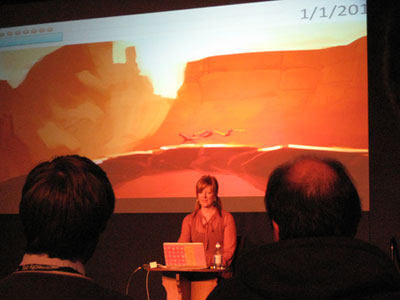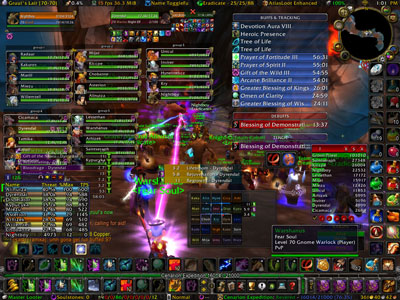If you are not familiar with the Bechdel Test, it is a simple test to apply to films; (i) there must be at least two women in it, (ii) who talk to each other, (iii) about something besides a man.
Many films still fail this test, though it was made popular back in 1985. The test only goes as far to look at the visibility of women in film, and to examine that they are defined by more than their relationship to a man. It doesn’t examine how the women are portrayed and a film that passes the test may in no way be a feminist film. It’s simplicity is both it’s strength and it’s weakness.
I’m interested in how this could be applied to the context of video games. But in order for it to work I think there needs to be some changes. So here is my version:
(i)There must be a female character with whom you can interact, (ii) who doesn’t need rescuing, (iii) and isn’t a prostitute.
Such a test comes with the assumption that there are gendered characters within the game. Some games, such as Flow or Space Invaders, do not have any characters of gender.
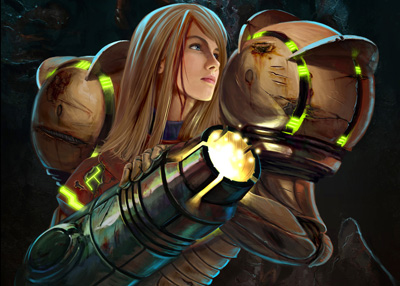
Samus Aran from Metroid by Ivan Flores
Conversation vs. Interaction
In film, the story is conveyed to a passive audience primarily through the dialogue of the cast. But in gaming, the game is defined by interactions that the player controls. Whether it is shooting, fighting, flying, walking or talking, different games draw on different actions, but it is the the player that performs these actions.
So in creating a test suitable for video games, I am less concerned about women talking to each other, but rather the actions performed to, with or by them. As it’s through these actions that we experience the game.Read More »Updating the Bechdel Test for video games


